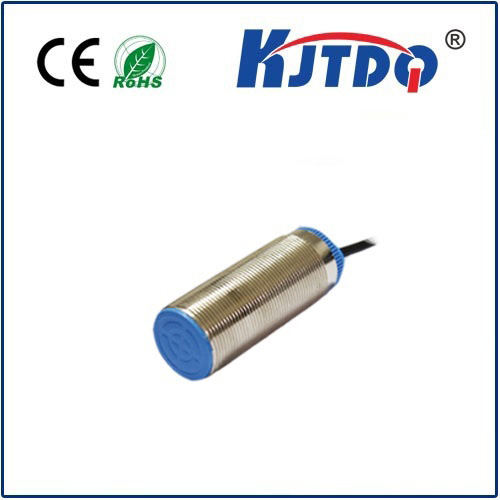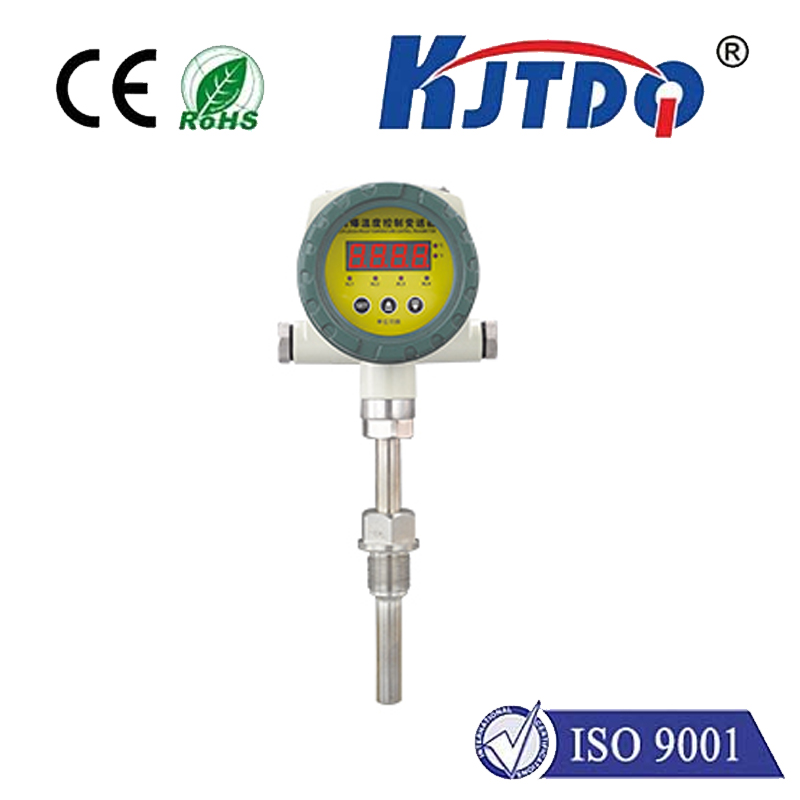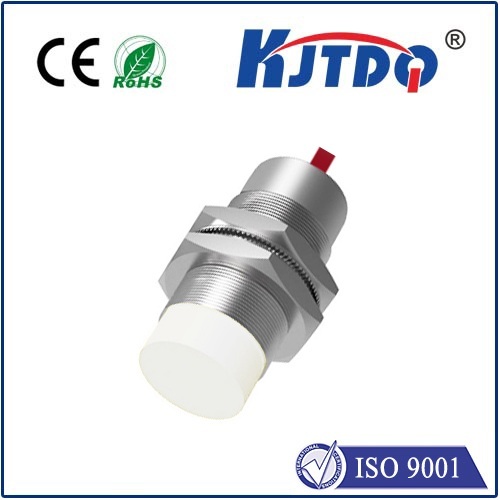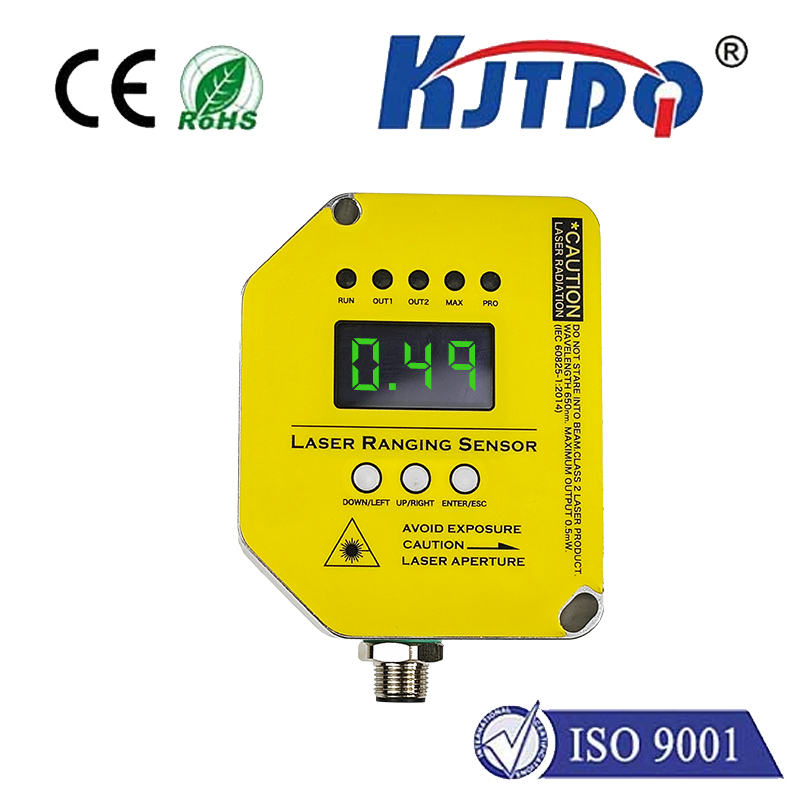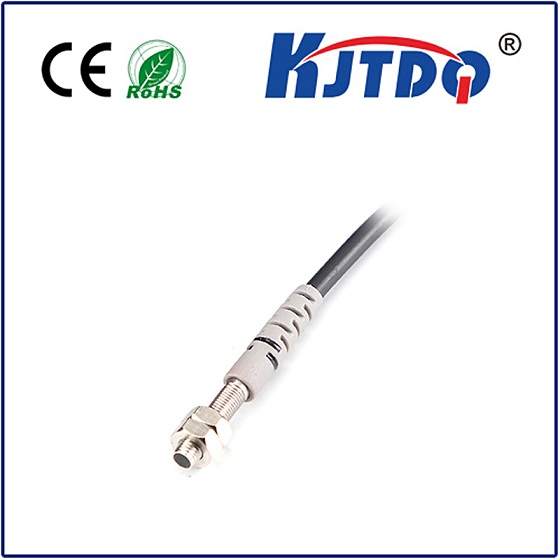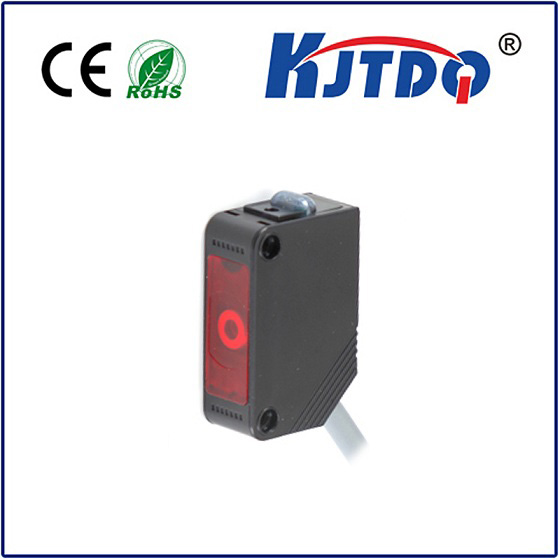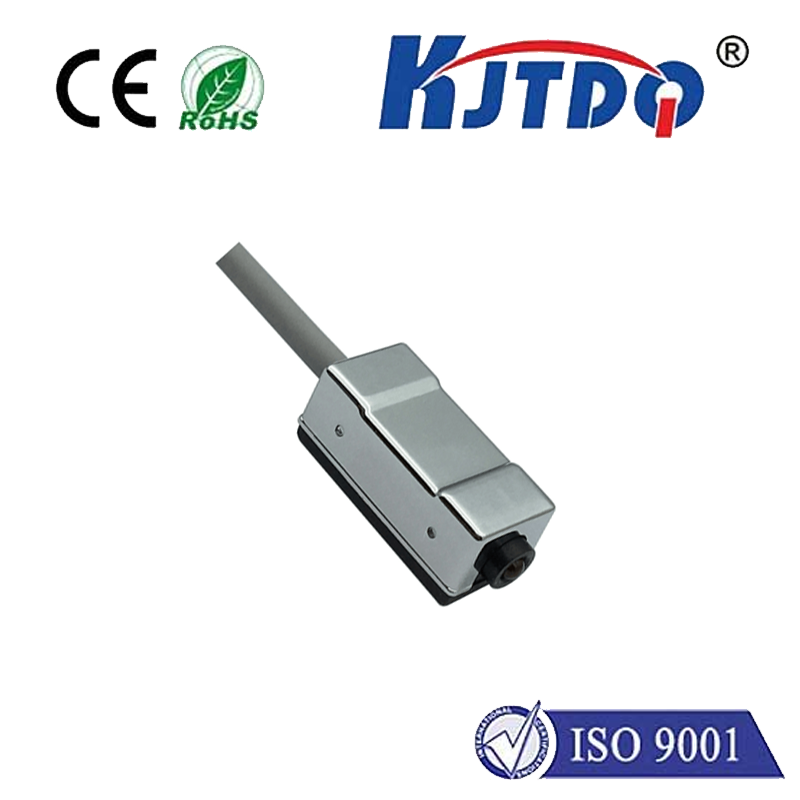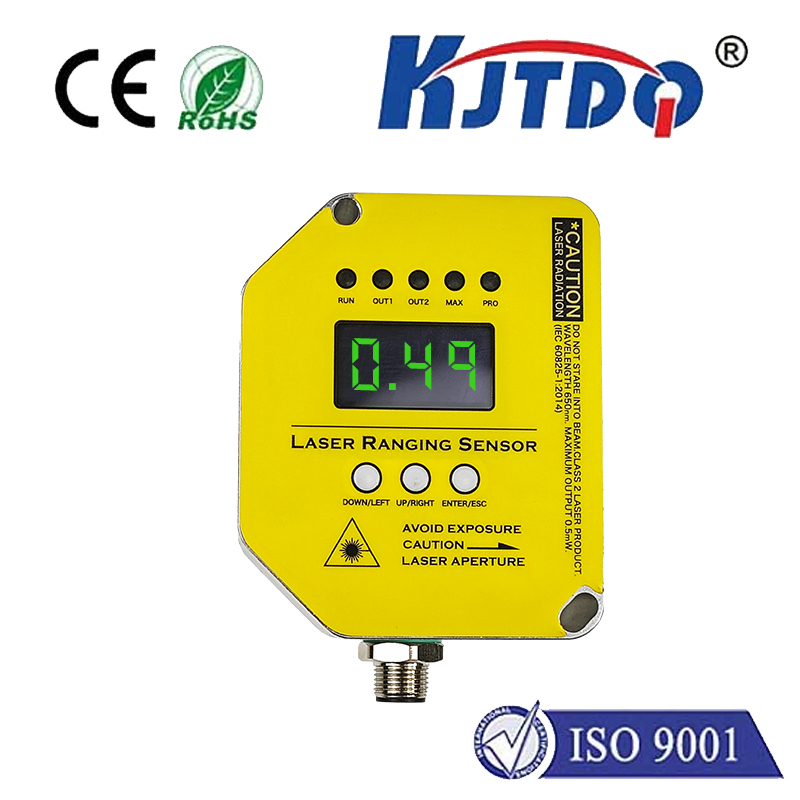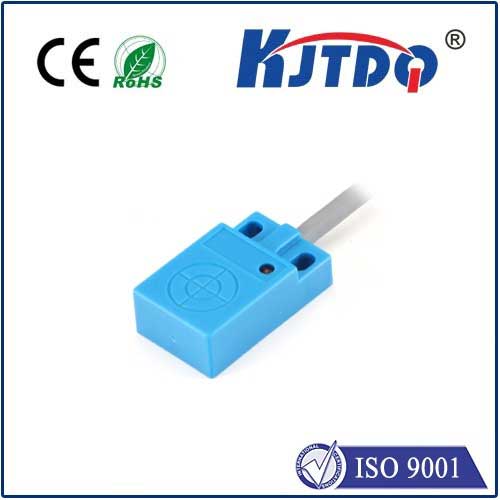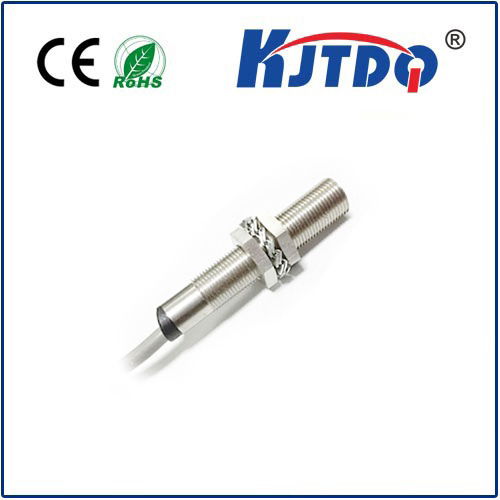24v proximity sensor
- time:2025-06-12 21:38:01
- Нажмите:0
The Essential Guide to 24V Proximity Sensors: Reliable Non-Contact Detection
Imagine a high-speed production line humming away. Delicate robotic arms dance precisely, assembling components, while conveyor belts seamlessly transport parts. The margin for error is razor-thin; a misplaced object or unexpected collision could mean costly downtime and damaged equipment. How does this intricate machinery operate so safely and efficiently? One unsung hero often plays a critical role: the 24V proximity sensor. These robust, reliable devices provide the crucial “eyes” for countless industrial automation systems, detecting object presence without physical contact, ensuring smooth and safe operation. Understanding their function and benefits is key for engineers, technicians, and anyone involved in modern manufacturing and control systems.
What is a 24V Proximity Sensor?
At its core, a proximity sensor is a device designed to detect the presence or absence of an object within its sensing range without requiring physical contact. A 24V proximity sensor specifically operates on a 24V DC power supply, which is the de facto standard voltage for control circuits in most industrial automation environments worldwide.
These sensors work on different principles depending on the target material:

- Inductive Proximity Sensors: Detect ferrous metals (like iron, steel) and, to a lesser extent, non-ferrous metals. They generate an electromagnetic field. When a metal object enters this field, it causes changes (eddy currents or inductance shifts) that the sensor detects, triggering an output switch.
- Capacitive Proximity Sensors: Detect a much wider range of materials, including metals, plastics, liquids, wood, and powders. They generate an electrostatic field. The presence of any object within this field alters the capacitance, which the sensor detects and uses to switch its output.
- Magnetic Proximity Sensors (Reed Switches): Specifically detect permanent magnets. They contain sealed contacts that open or close when a magnet is brought near. Often used for position detection on cylinders (with a magnet in the piston).
The “24V” designation primarily refers to the operating voltage, making them compatible with standard PLC (Programmable Logic Controller) inputs, relays, and other industrial control components designed for this safe, low-voltage DC power.
Why Choose a 24V Power Supply for Proximity Sensors?
The dominance of 24V DC in industrial settings isn’t accidental; it offers distinct advantages that align perfectly with the needs of proximity sensors and control systems:
- Safety: Compared to higher voltages (like 110VAC or 230VAC), 24V DC is considered intrinsically safer. It significantly reduces the risk of severe electrical shock during installation, maintenance, or in the event of wiring faults. This is paramount in busy industrial environments.
- Noise Immunity: Industrial settings are electrically noisy environments, filled with motors, variable frequency drives (VFDs), and switching power supplies. 24V DC sensors exhibit superior noise immunity compared to lower voltage sensors (like 5V or 12V). The higher signal level is less susceptible to electromagnetic interference (EMI), ensuring reliable switching even in challenging conditions.
- Compatibility & Standardization: 24V DC is the universal language of modern control panels and PLCs. Using standard 24V sensors simplifies system design, component sourcing, and wiring, as everything operates on the same power profile. This standardization streamlines maintenance and reduces compatibility headaches.
- Power Efficiency: While requiring a power supply, modern electronic proximity sensors are remarkably efficient. The 24V standard allows sufficient power for robust operation (including features like LEDs and longer cable runs) while keeping energy consumption relatively low.
- Longer Sensing Distances (Potential): In some cases, compared to lower voltage equivalents, 24V sensors can achieve slightly longer nominal sensing distances due to the available power for generating stronger electromagnetic or electrostatic fields.
Key Advantages of Using 24V Proximity Sensors
Beyond the benefits of the 24V standard itself, proximity sensors as a technology offer compelling advantages over mechanical switches or contact-based detection:
- Non-Contact Operation: Eliminates wear and tear, vibration issues, and mechanical stress on both the sensor and the target object, leading to vastly extended service life and minimal maintenance.
- High Reliability & Repeatability: Solid-state electronics offer millions of operating cycles with consistent performance, critical for precision automation. They are unaffected by surface conditions like oil, dust, or moisture (within specified IP ratings).
- High-Speed Switching: Capable of detecting objects moving at very high speeds – far faster than any mechanical switch could reliably operate.
- Многогранность: Available in a huge range of sizes, shapes (cylindrical, block-style, rectangular), sensing distances (from 1mm to 60mm+), connection types (cable, connector), and output configurations (NPN, PNP, Normally Open/Closed). This allows for installation in virtually any space or application.
- Harsh Environment Resilience: High-quality 24V sensors boast excellent IP (Ingress Protection) ratings (e.g., IP67, IP69K) and robust housings (often stainless steel or nickel-plated brass), making them resistant to water, dust, chemicals, vibration, and extreme temperatures common in factories, food processing plants, and outdoor machinery.
Common Applications of 24V Proximity Sensors
The reliability and versatility of 24V industrial sensors make them ubiquitous across countless industries. Here are just a few examples:
- Manufacturing Automation: Detecting parts on conveyors, verifying correct positioning in fixtures, counting products, monitoring robot end-effector position, confirming tool presence/changes, detecting jams.
- Packaging Machinery: Verifying product presence before filling/capping/sealing, flap detection on cartons, bottle/cap presence detection, label application confirmation.
- Перевозка материалов: Detecting pallet position on lifts and conveyors, confirming bin/tote presence, sensing door/drawer position on automated storage systems, detecting overload conditions.
- Automotive Production: Confirming component placement on assembly lines, checking door/hatch open/closed status for painting or assembly, detecting piston position in cylinders, verifying wheel presence for mounting.
- Food & Beverage Processing: Level detection in tanks/silos (using capacitive sensors), detecting metal contaminants (using inductive sensors), bottle/can detection on fill lines, verifying cap/seal application.
- Станки: Monitoring tool turret position, detecting workpieces in chucks/vises, confirming safety door closure, monitoring coolant level or flow.
Choosing the Right 24V Proximity Sensor: Key Considerations
Selecting the optimal sensor requires careful evaluation:
- Target Material: Is it ferrous metal, non-ferrous metal, non-metal (plastic, liquid, etc.), or a magnet? This dictates whether you need Inductive, Capacitive, or Magnetic detection.
- Required Sensing Distance: Measure the gap between the sensor face and the target when detection needs to occur. Choose a sensor with a nominal sensing distance (Sn) slightly greater than your actual gap to account for installation tolerances and potential drift. Factor in any reduction factors for non-ferrous metals.
- Output Configuration:
- NPN (Sinking): Switches the negative (0V) line to the load. Common with PLCs using sourcing inputs.
- PNP (Sourcing): Switches the positive (24V) line to the load. Common with PLCs using sinking inputs.
- NO (Normally Open) / NC (Normally Closed): Defines the electrical state when no target is present.
- Environment: Consider temperature extremes, potential exposure to water, dust, oils, coolants

